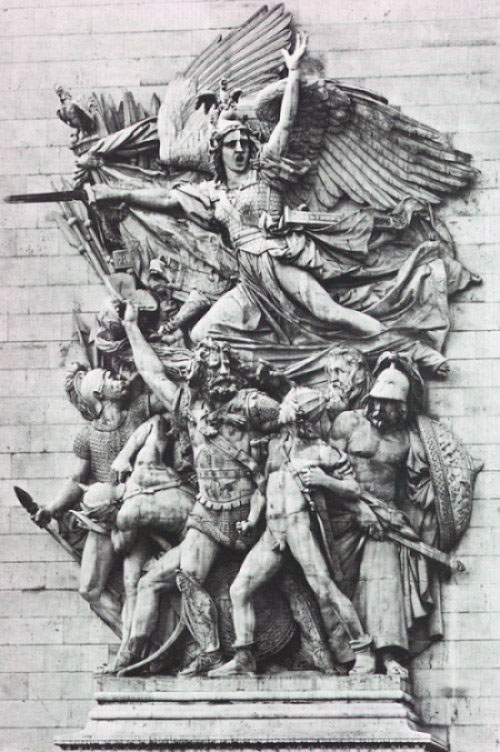The Beat Generation
Today, the Beat Generation. The University of Houston's College of Engineering presents this series about the machines that make our civilization run, and the people whose ingenuity created them.
The Beatnik movement took place around seven years before the Hippies, Viet Nam protests, and Watts riots. It was literary, not political. Most of us now remember only the crazy '60s. But the Beatniks started a far subtler upheaval with a trick of etymology.
You see, millions of G.I.s had come home in 1946, craving domestic normalcy — a house, a white picket fence, three children, and an eight-to-five job. They wanted normalcy, normalcy, normalcy. What they got, soon cloyed into stultifying orthodoxy.
By the mid-fifties, the young, increasingly jittery about the smallness of the dreams around them, would say to one another, "Hey, man, how ya doin'?" The reply was, "Dunno, man. I'm beat." Beat meant, beaten down and ground up by orthodoxy. This was the Beat Generation. Hemmingway had been a member of the Lost Generation. The young of the '20s had been lost in a sea of excess. The young of the fifties were now lost upon a sea of moderation.
Writer Jack Kerouac came out of the mill town of Lowell, Massachusetts, and reacted. He was an athlete, tall, handsome, all-American, shy, but clear in his mind that his generation would have to transcend a lock-step world. He created a literary counterculture in which the disenchanted regained their enchantment.
He gave these words to one character in his book, On the Road:
Man, wow, there's so many things to do, so many things to write! How to even begin to get it all down and without modified restraints and all hung-up on like literary inhibitions and grammatical fears ...
Kerouac typed a hundred words a minute. To keep from being slowed down, he taped sheets of paper end-to-end. He wrote the first draft of On the Road in a single scroll.
He described a great looping journey across America — opening his senses to the land and the people. His generation would be the blessed ones who'd leave the gray-flannel world behind and seek beauty indiscriminately — in city streets, and hitchhiking across Nebraska. The word beat became shorthand for the beatified — the blessed ones who see God in all things. Kerouac became a Buddhist.
His friend, poet Allen Ginsberg, radicalized those themes. His poem Howl describes Kerouac's beaten people in far harsher terms. He wrote,
What sphinx of cement and aluminum bashed open their skulls and ate up their brains and imagination?
We in Berkeley were still gray flannel suits. Revolution didn't cross the Bay until later. In both cities, we still thought revolution belonged at the printing press, not in the Bastille. Social upheaval was a tsunami rising silently under our feet, in the late '50s. It had yet to reach shore.
When it did, in the 1960s, anger and tear gas swept America. For revolution can never be kept in the coffee houses. If a rebellion is just, the only way to prevent it is to yield earlier, rather than later. It's the only way; and yet, yielding to change is difficult. It is so very hard to do.
I'm John Lienhard, at the University of Houston, where we're interested in the way inventive minds work.
(Theme music)
For more on the texture of the Beat movement and its aftermath, see: J. H. Lienhard, Inventing Modern: Growing up with X-Rays, Skyscrapers, and Tailfins. New York: Oxford University Press, August, 2003, Chapter 15.
J. Kerouac, On the Road, (New York: Penquin Books, 1955.)
M. Theado, Understanding Jack Kerouac. (Columbia, SC: University of South Carolina Press, 2000).
A. Ginsberg, Collected Poems: 1947-1980. (New York: Harper & Row, Pub-lishers, 1984), pg. 154.

The second stage of revolution. Relief sculpture from the Arc de Triumph in Paris